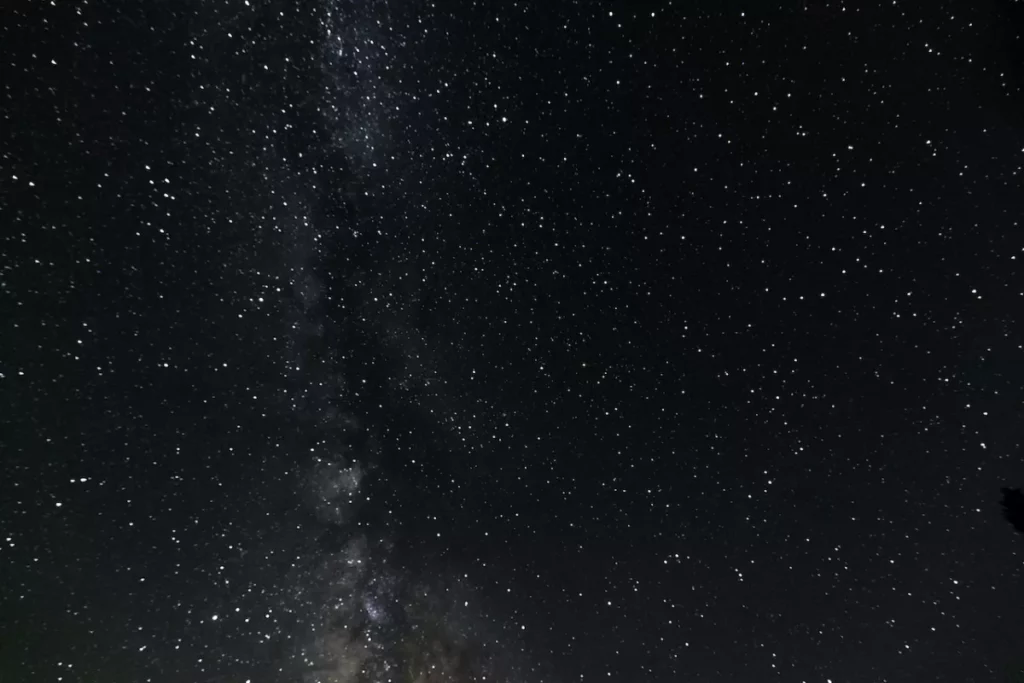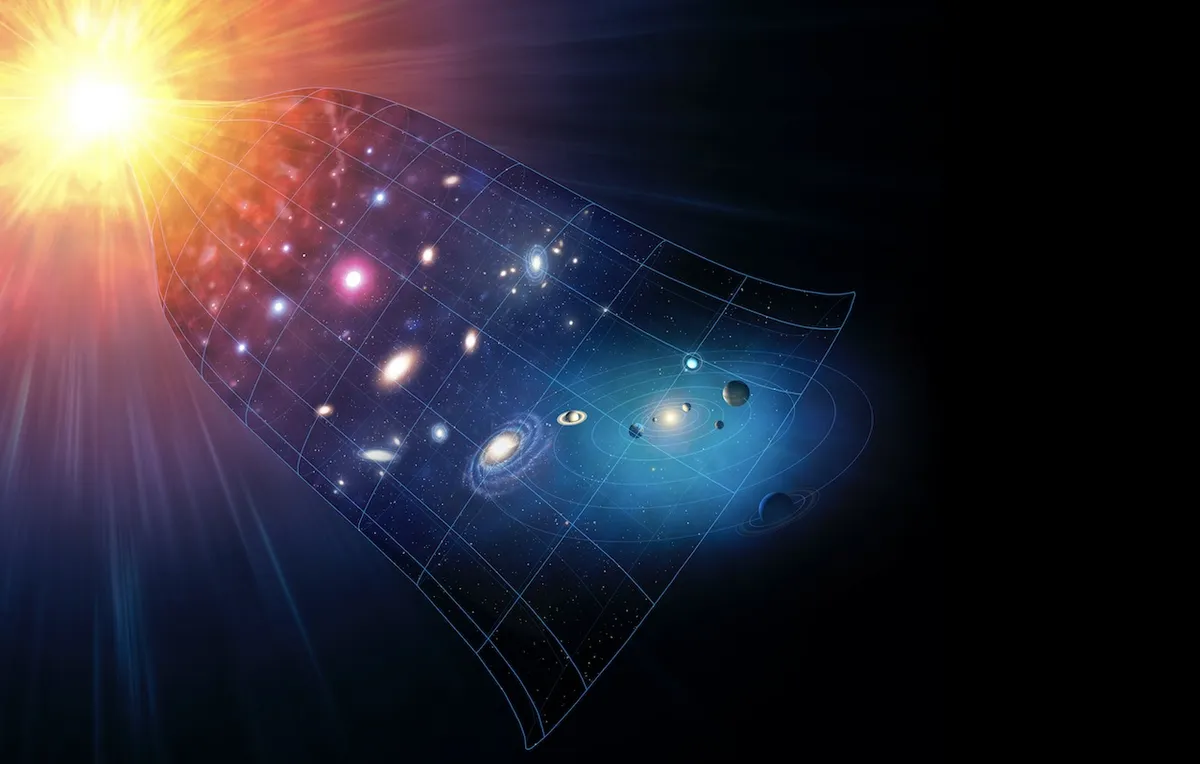How many stars are in the universe?

Explore the enigma of stars in the universe and uncover their fascinating abundance. Our article reveals estimations, stellar diversity, and scientific advancements. Immerse yourself in the awe-inspiring celestial realm and behold the beauty and mystery of stars in the vast cosmos.
The universe, vast and mysterious, has captivated humanity since time immemorial. Gazing at the night sky and observing the countless stars adorning it invites us to ponder our existence in the vast cosmos. But have you ever wondered how many stars there are in the universe? Attempting to quantify their number may seem like an impossible task, given the almost incomprehensible magnitude of our universe. However, astronomers and scientists have devoted years of research and study to provide estimations on this fascinating question.
From ancient sages contemplating the heavens to modern space missions, humankind has sought to unravel the secret of the number of existing stars. But before delving into the details, it is crucial to understand that our universe is vast and ever-expanding. It is estimated to be approximately 13.8 billion years old and stretches across billions of light-years. Within its vastness, it houses a myriad of galaxies, nebulae, and other celestial objects, each with its own collection of stars.
A star is a celestial body that shines due to nuclear fusion in its core, generating light and heat. These incandescent spheres of gas have existed for billions of years and are the fundamental building blocks of our universe. Yet, attempting to count the exact number of stars in the universe is akin to trying to count all the grains of sand on every beach on the planet—a monumental task that challenges our imagination.
To tackle this issue, astronomers have employed various approaches, from observational techniques to calculations based on theoretical models. One way to estimate the number of stars is by examining our own galaxy, the Milky Way. It is estimated to contain between 100 billion and 400 billion stars. If we extrapolate this number to the estimates of the number of galaxies in the observable universe, which is estimated to be several hundred billion, we encounter astronomical figures of stars.

However, it is important to highlight that these estimations are just that—estimations. Our universe is vast and largely unexplored in many areas, with distant and hidden regions that we have not yet directly observed. Moreover, the very notion of counting all the stars can prove problematic due to the ever-changing nature of the universe, with stars being born and dying continuously.
In summary, the universe harbors an astonishing number of stars, but precisely determining how many exist remains a scientific challenge. As technology advances and our observational capabilities improve, we will continue to gain a more accurate and detailed understanding of the vast cosmos surrounding us. Until then, the exact number of stars will remain an enigma, but what we do know is that each star represents a spark of wonder and beauty in the infinite canvas of the universe.

The Challenge of Counting Stars in the Universe
Counting the number of stars in the universe poses a formidable challenge due to its immensity and complexity. In this section, we will explore the obstacles scientists face when attempting to quantify stars and comprehend the vastness of the cosmos.
Estimations Based on the Milky Way and Galaxies
To obtain an approximate idea of the number of stars in the universe, astronomers have utilized observational techniques and theoretical models. In this section, we will examine estimations based on our own galaxy, the Milky Way, and how these data are extrapolated to the total number of stars in the universe.
The Diversity of Stars in the Universe
The universe hosts a wide variety of stars, each with its unique characteristics. In this section, we will explore different types of stars, such as red dwarfs, blue giants, red supergiants, and others, and how their study provides insights into the abundance and distribution of stars in the cosmos.
New Frontiers in the Search for Stars
With advancements in technology and space missions, scientists are pushing the boundaries of exploration and observation of the universe. In this section, we will highlight some of the space missions and future projects that will enable us to obtain more precise data about stars and their numbers in the universe.
The Beauty and Awe of Stars
Beyond numbers and figures, stars hold deep significance for humanity. In this section, we will reflect on the fascination that stars have sparked in our cultures and how their brightness and mystery continue to inspire generations of people.
Conclusions: Throughout this article, we have delved into the captivating topic of how many stars exist in the universe. While determining an exact number remains challenging, we have reached some important conclusions:
- The vastness of the universe: Our understanding of the universe continues to expand, and its size and age challenge us to comprehend the magnitude of the stars it contains. Its immensity is truly awe-inspiring, reminding us of our smallness in the grand cosmic scheme.
- Estimations based on the Milky Way: Using our galaxy as a starting point, scientists have estimated that there could be between 100 billion and 400 billion stars in the Milky Way. Extrapolating this figure to estimates of the number of galaxies in the observable universe yields numbers that defy our capacity for comprehension.
- Stellar diversity: The universe hosts an astonishing diversity of stars, from small red dwarfs to blue giants and red supergiants. Each type of star has its own life cycle and unique characteristics, allowing us to explore and better understand the abundance and distribution of stars in the cosmos.
- Technological advances and future discoveries: Thanks to technological advancements and space missions, we are constantly expanding our boundaries of exploration and observation of the universe. This will enable us to obtain more accurate and detailed data about stars and their numbers, unveiling new mysteries and scientific challenges.
- The cultural and symbolic importance of stars: Beyond numbers and figures, stars have captivated the human imagination throughout history. They have been the subject of myths, legends, and astronomical observations. Their beauty and mystery continue to inspire us and remind us of our connection to the vast cosmos.
Ultimately, while the exact number of stars in the universe remains an enigma, each star represents a testimony to the wonder and beauty of our cosmos. It invites us to continue exploring, investigating, and contemplating the cosmic immensity that surrounds us. As science and technology advance, we will continue unraveling the secrets of stars and appreciating their impact on our understanding of the universe and our place within it.
Deja una respuesta

IMPRESCINDIBLES DE LA SEMANA